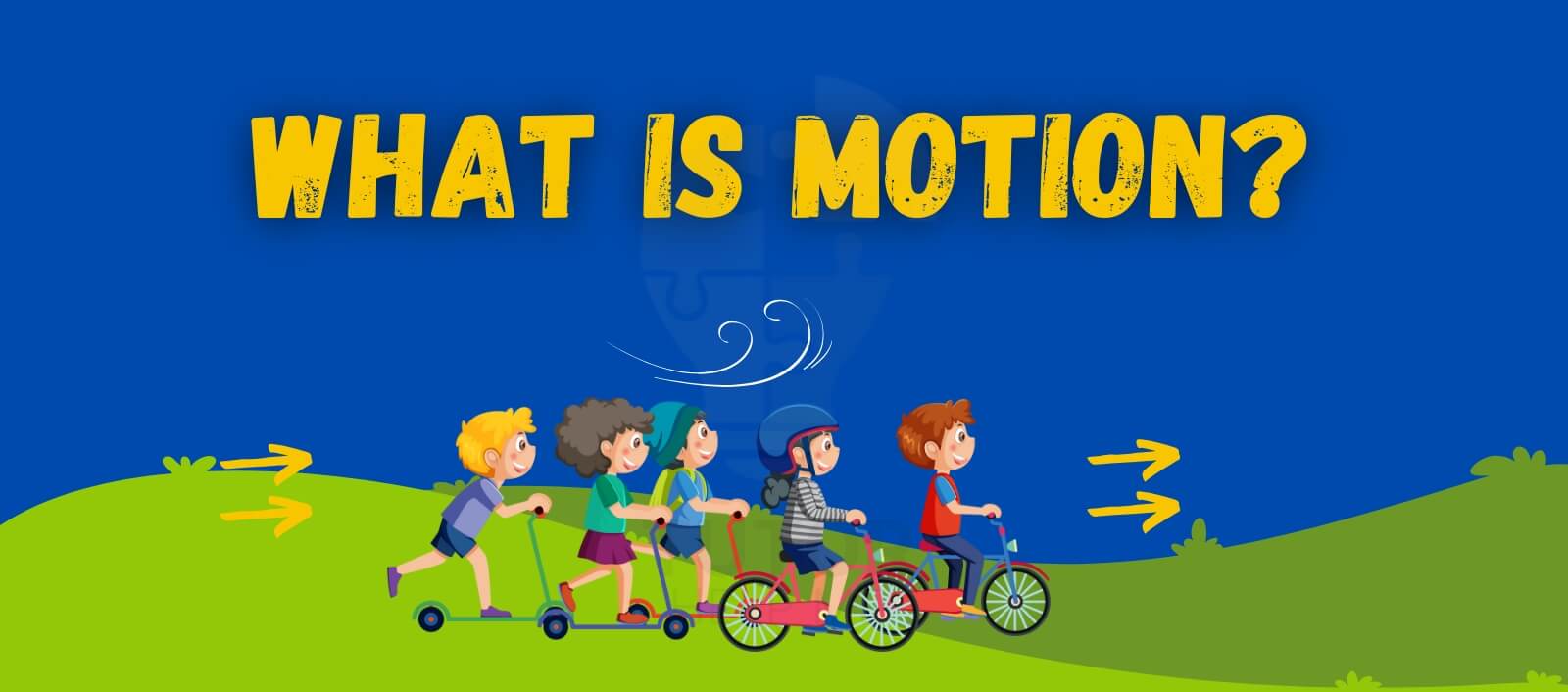Motion is the movement of an object from one place to another. It is all around us, from cars driving to the Earth spinning.
We will talk about what is motion, the types of motion, laws of motion, how we see motion daily, and its connection to time.
Motion
Motion means when something moves from one place to another. A force makes it move, like when you push a toy car or kick a ball.
Motion can be straight, round, fast, or slow. We see motion everywhere, like when we walk, drive a car, or watch the Earth spin.
How Many Types of Motion
Following are main types of motion:
- Linear Motion
- Circular Motion
- Rotational Motion
- Periodic Motion
- Oscillatory motion
- Uniform Motion
- Projectile Motion
- Vibratory Motion
- Rectilinear Motion
- Translatory Motion
Linear Motion
Linear motion means moving in a straight line. For example, a car driving on a straight road or a ball rolling across the floor.
The object keeps moving in the same direction unless something stops it or changes its path. Linear motion is simple and easy to see in everyday life.
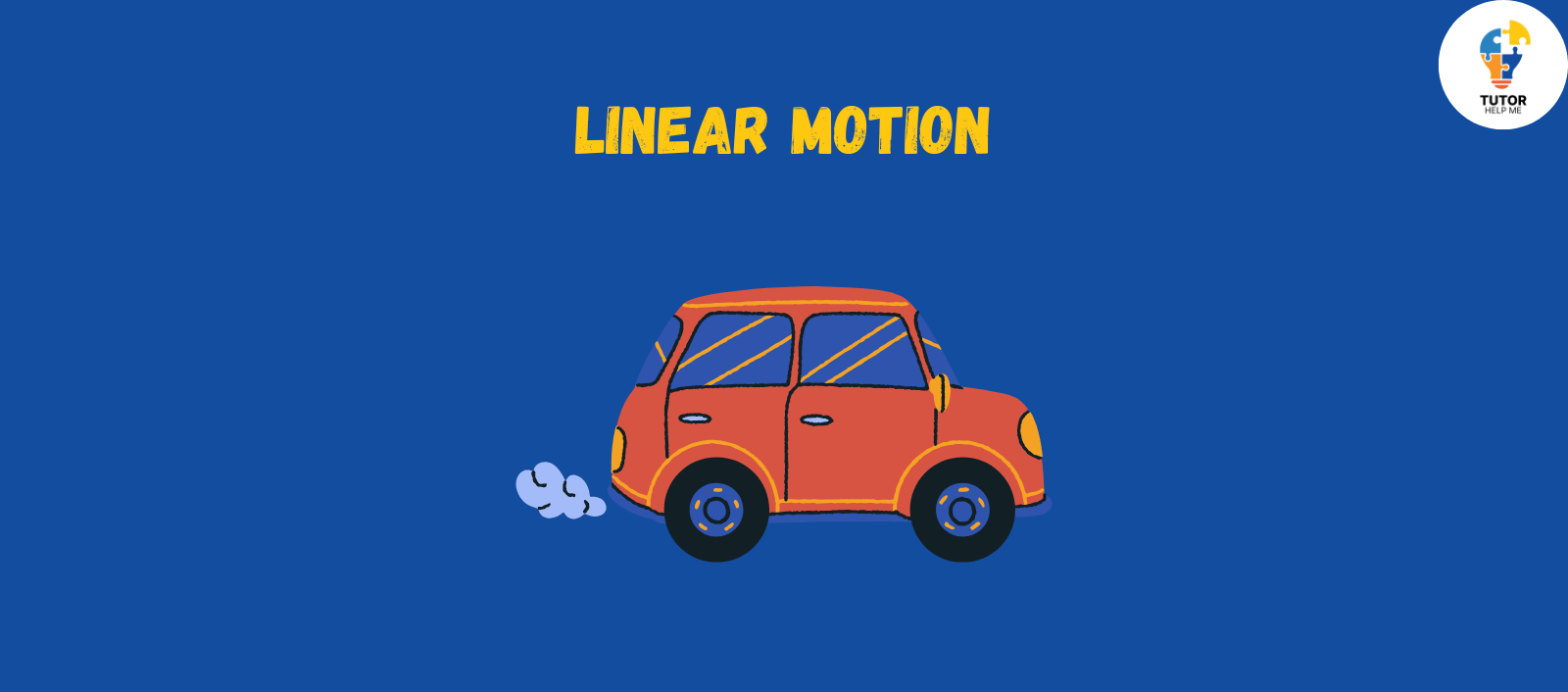
Circular Motion
Circular motion happens when something moves in a circle. For example, a fan spinning, a car driving around a roundabout, or the moon orbiting Earth.
The object keeps going around the same path. Circular motion is common in nature and machines we use every day, like wheels and clocks.
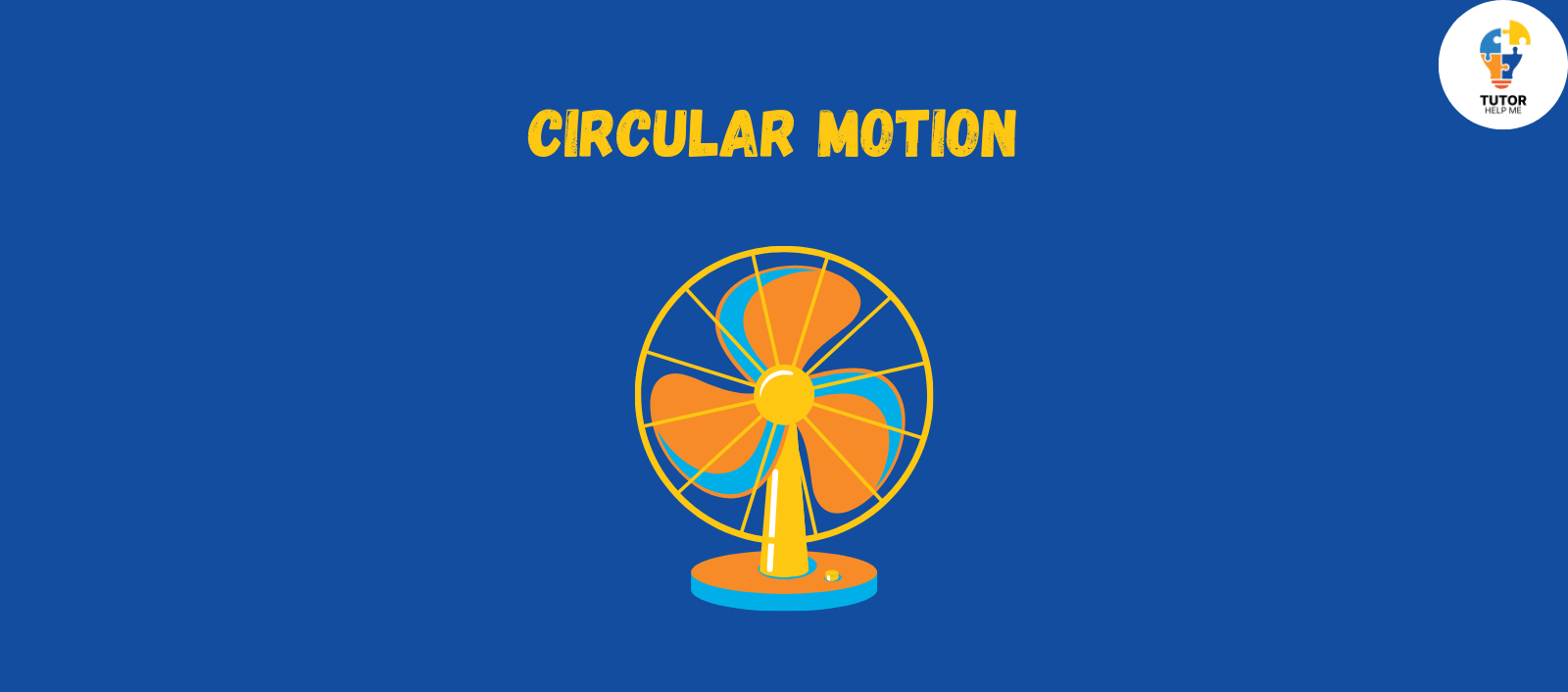
Rotational Motion
Rotational motion happens when something spins around a fixed point or axis. For example, the Earth spins on its axis, and a top twirls around.
In this motion, the object doesn’t move forward or backward but turns in place. We see rotational motion in fans, wheels, and spinning toys.
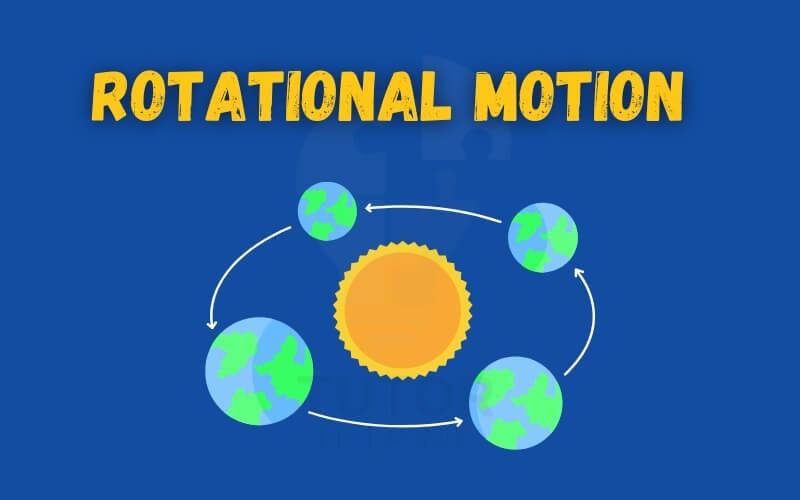
Periodic Motion
Periodic motion repeats the same movement over and over. A swing moves back and forth, a clock pendulum ticks, and a heartbeat pumps rhythmically.
In this motion, the pattern stays the same over time. We see periodic motion in nature, machines, and everyday activities like jumping on a trampoline.

Oscillatory Motion
Oscillatory motion happens when something moves back and forth repeatedly. A swing moves forward and backward, and a guitar string vibrates after plucking.
In this motion, the object keeps moving around a central point. You can see oscillatory motion in fans, pendulums, and even your voice when you speak.
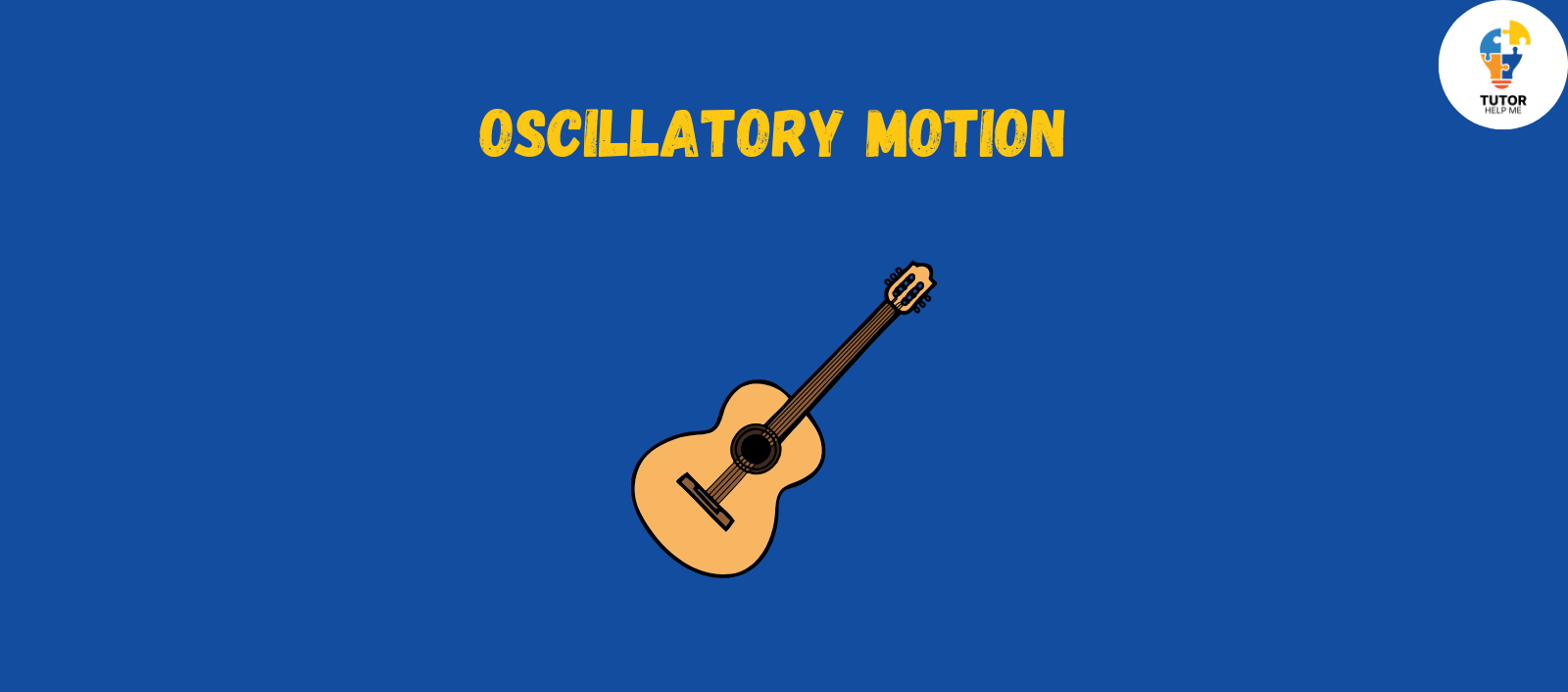
Uniform Motion
Uniform motion happens when an object moves at the same speed in a straight line without stopping or changing direction.
For example, a car driving at a steady speed or a train moving on a straight track. In uniform motion, the distance covered is always the same in equal time.
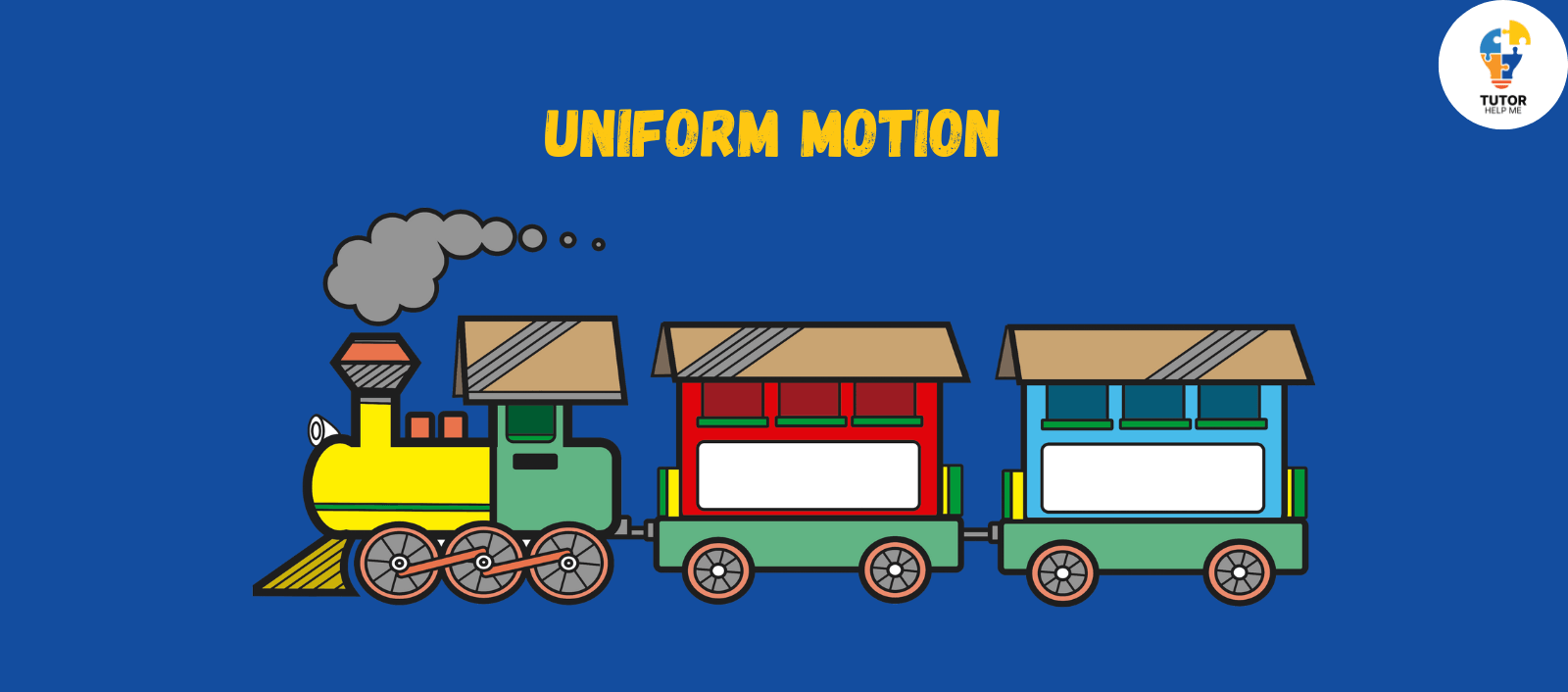
Projectile Motion
Projectile motion happens when something is thrown or shot into the air and moves in a curved path.
For example, when you throw a ball, it goes up, curves, and comes back down. Gravity pulls it down while it moves forward. You see this motion in sports and games.

Vibratory Motion
Vibratory motion happens when something moves back and forth. For example, a guitar string shakes to make sound, or your phone vibrates when it rings.
This motion happens over and over and is found in things like music, alarms, and machines we use every day.
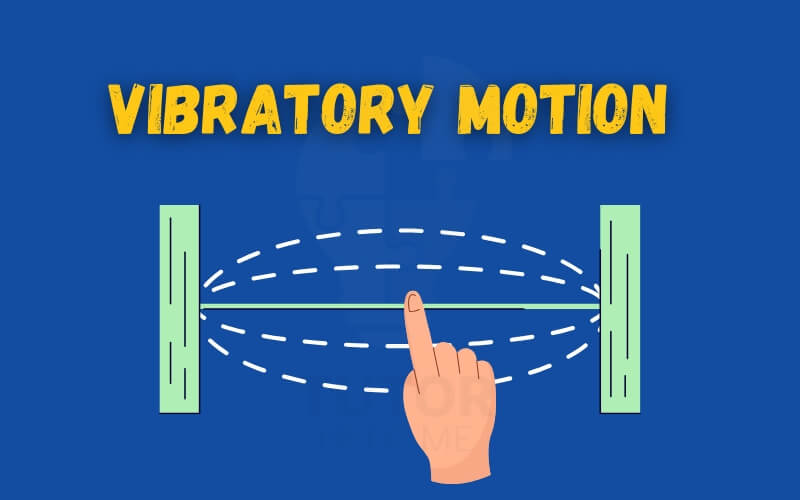
Rectilinear Motion
Rectilinear motion happens when an object moves in a straight line. For example, a car moving straight down the road or a ball rolling on the ground. The object keeps moving the same way until something stops it.

Translatory Motion
Translatory motion is when an object moves from one place to another without turning . For example, a car driving straight or a person walking.
In translatory motion, every part of the object moves in the same direction at the same time. It’s simple and easy to see in everyday life.

Laws of Motion
The laws of motion are rules that explain how things move. There are three main laws:
First Law: An object will stay in place or keep moving unless something stops it or changes its direction. For example, a car keeps moving until the brakes stop it.
Second Law: The harder you push, the faster an object will move. For example, pushing a toy car makes it move , but pushing harder makes it go faster.
Third Law: For every action, there is an equal and opposite reaction. For example, when you jump, your legs push down, and you go up.
Motion in everyday life
- Walking is an example of motion when we move from one place to another.
- Running is faster motion, like during a race or playing games.
- Riding a bicycle shows motion as the wheels turn and we move forward.
- Cars, buses, and trains move on roads or tracks to take people to different places.
- Birds flying in the sky and fish swimming in water are examples of motion in nature.
- Swings in parks move back and forth, showing motion.
- The hands of a clock move to show time passing.
- Leaves falling from trees and the wind blowing are motions we see around us.
- Planes flying in the sky and boats moving on water are types of motion.
- Motion can be slow, like a turtle walking, or fast, like a cheetah running.
- Every day, we see motion in people, animals, vehicles, and nature.
Relationship between motion and time
Motion and time are related. When an object moves, it travels over time. The faster it moves, the less time it takes to cover a certain distance.
If an object moves , it takes more time to go the same distance. For example, a car moving fast reaches a destination quicker than a person walking .
Time helps us measure how long it takes for something to move from one place to another. The relationship between motion and time helps us know how something moves.
This is why we use speed to measure motion over time.
What is motion under gravity
Motion under gravity is the movement of objects influenced by Earth’s gravity. Gravity pulls everything towards the ground.
For example, when you drop a ball, it falls because gravity pulls it down. Objects in motion under gravity speed up as they fall, and this is called acceleration due to gravity.
This acceleration is the same for all objects, no matter their size or weight, if there is no air resistance. When you throw something upwards, it slows down, stops, and then falls back due to gravity.
Understanding motion under gravity helps us learn about how things move and fall.
Conclusion
We hope you now understand what motion is, the types of motion, the laws of motion. How motion and time are connected, and how motion is part of our daily lives.
Motion is all around us, from walking and running to cars driving and planets spinning.
By learning about motion, you can see how things move and why they behave the way they do.
Remember, motion connects to time, speed, and forces like gravity.
Read More Hydrogen Bond | Properties and Types of Hydrogen Bonds
FAQ’s
1. What is inertia of motion?
Inertia of motion is the tendency of moving objects to keep moving. An object will continue moving unless something stops it. This concept was first explained by Sir Isaac Newton. The faster an object moves, the more inertia it has.
2. What is the motion of gravity?
The motion of gravity refers to objects being attracted towards each other, causing acceleration, free fall, or orbital movement.
3. Which law of motion explains gravity?
Newton’s Law of Universal Gravitation explains gravity. It states that mass attracts mass with a force. The force depends on mass and distance between objects. Gravitational force decreases with increased distance.
4. What is the motion in a gravitational field?
Motion in a gravitational field is influenced by gravitational force. Objects accelerate towards the source of gravity. Their trajectory depends on initial speed and direction. In space, motion can be orbital or free-falling.
5. What is G in motion under gravity?
G is the acceleration due to gravity on Earth, approximately 9.8 m/s². It causes objects to accelerate downward when in free fall, regardless of their mass.
6. Is gravity a natural motion?
Yes, gravity is a natural force causing motion. Objects naturally fall toward Earth. This motion results from Earth’s gravitational pull, acting on all objects with mass.

